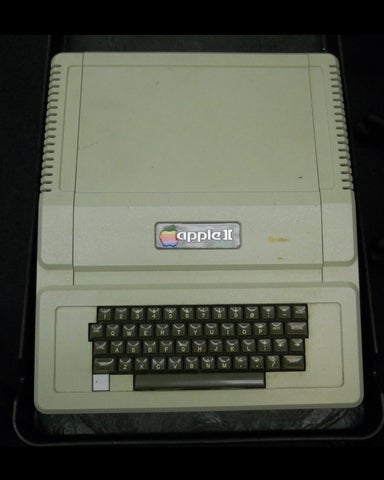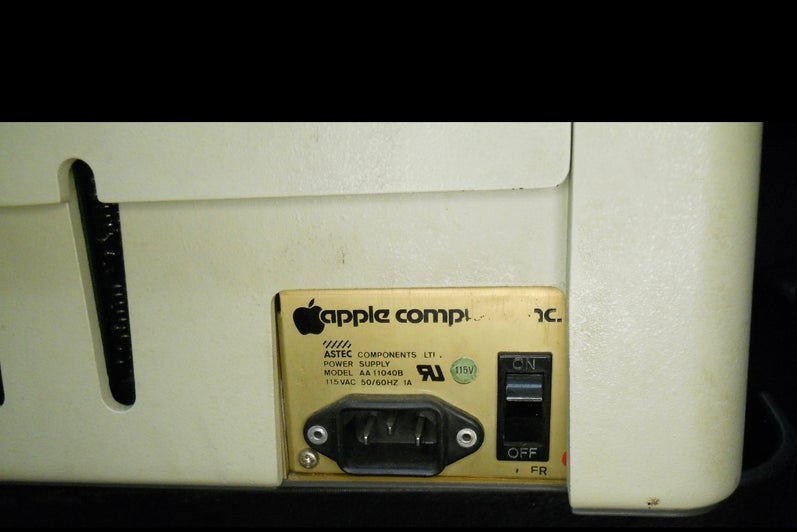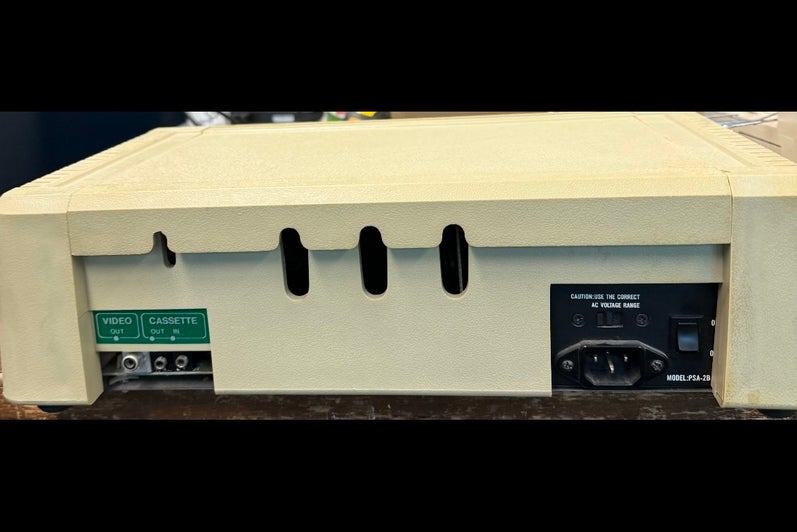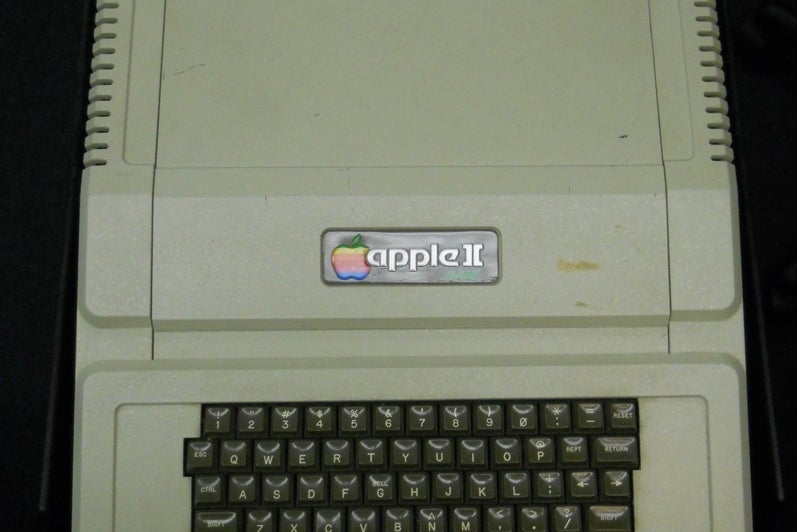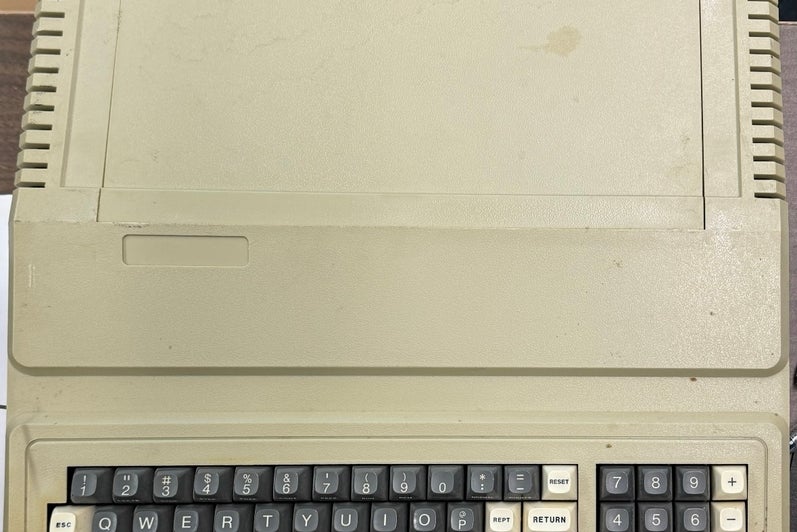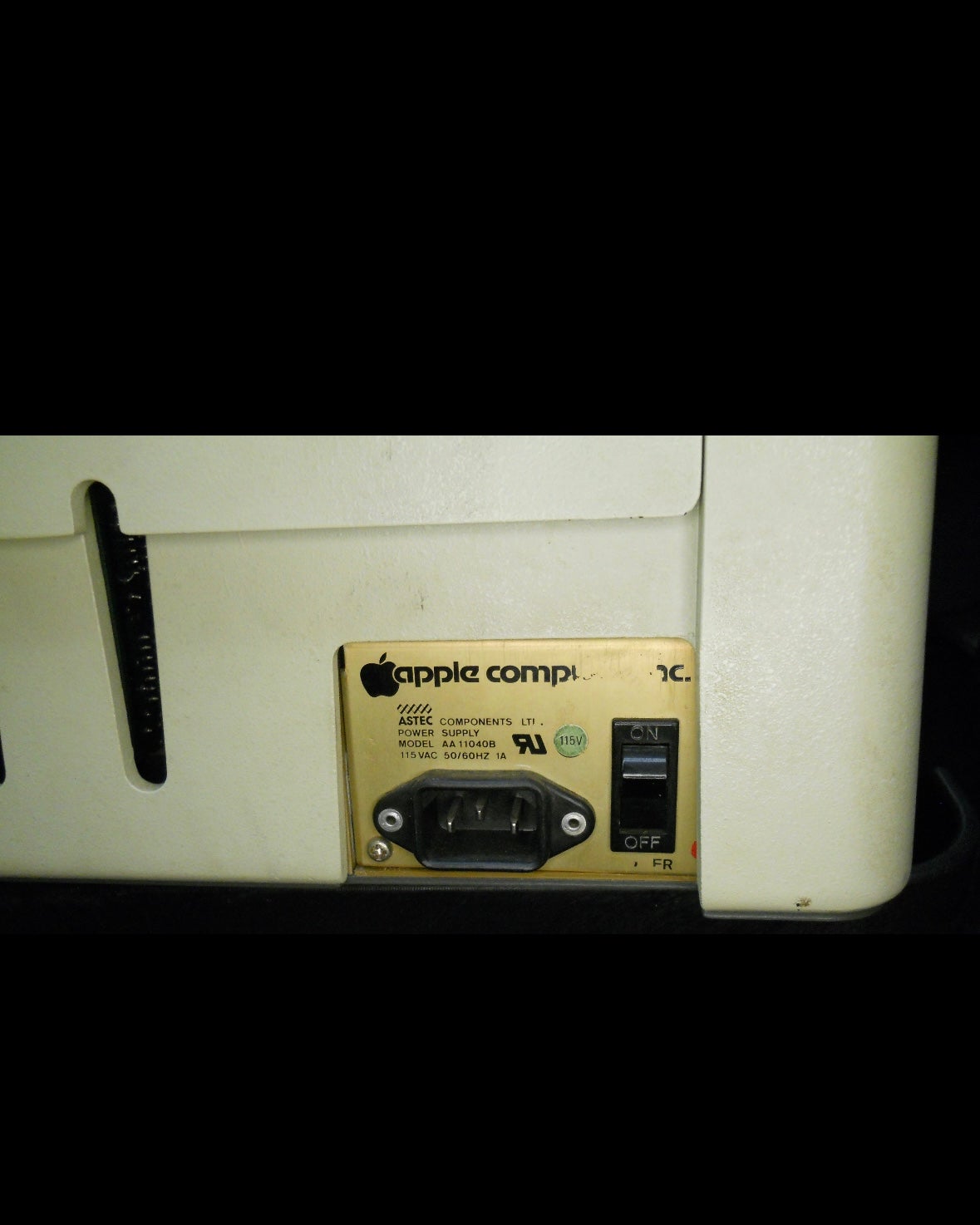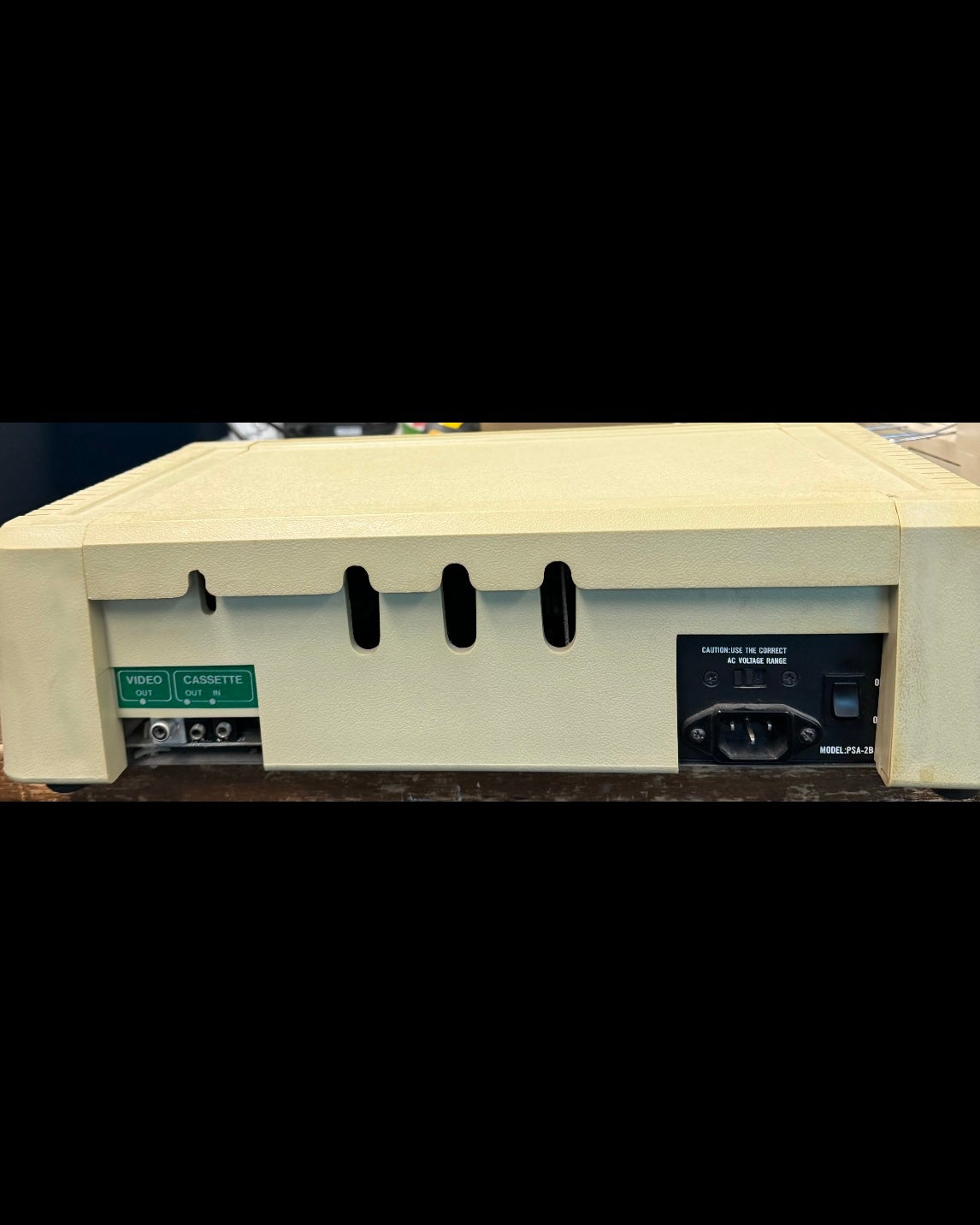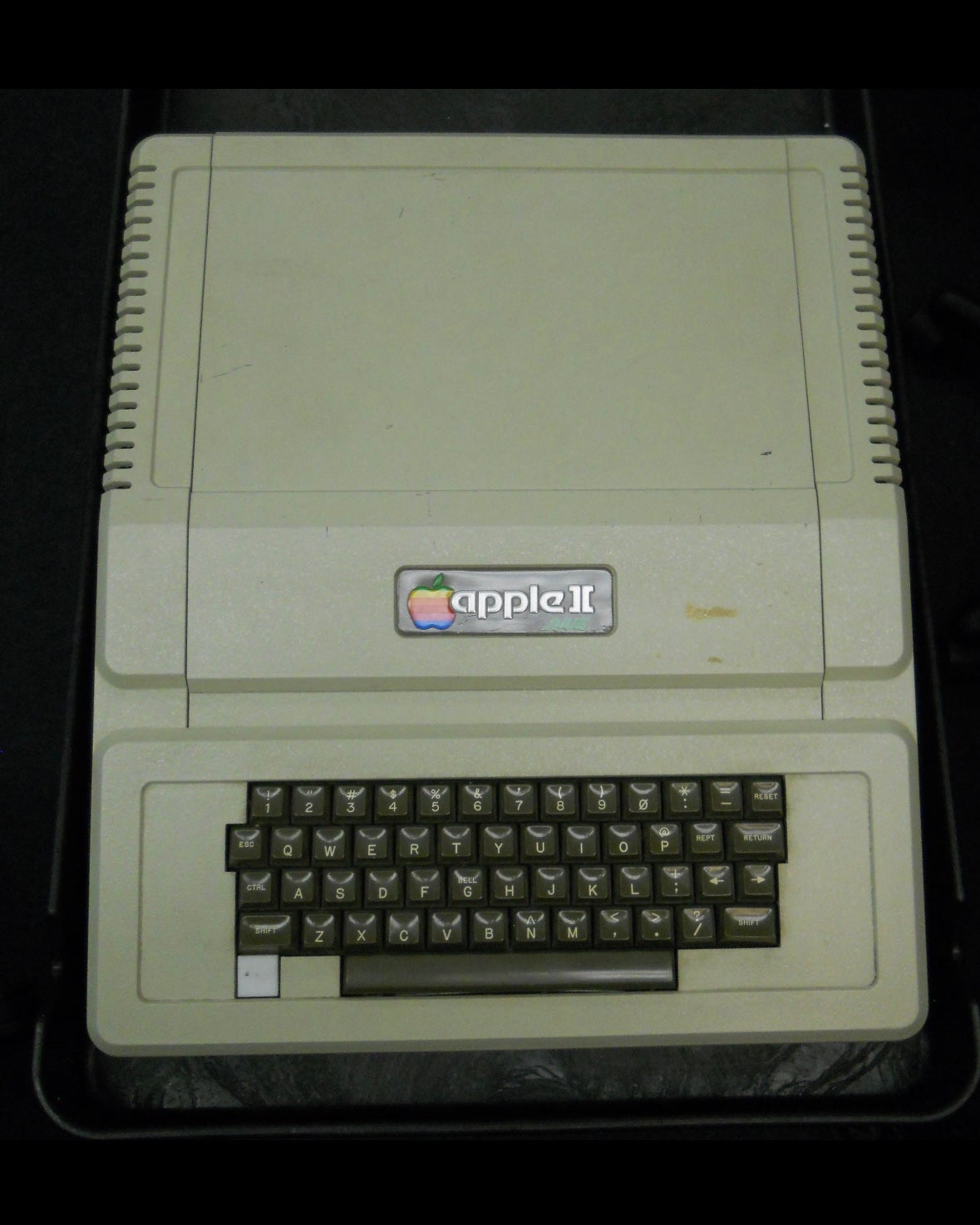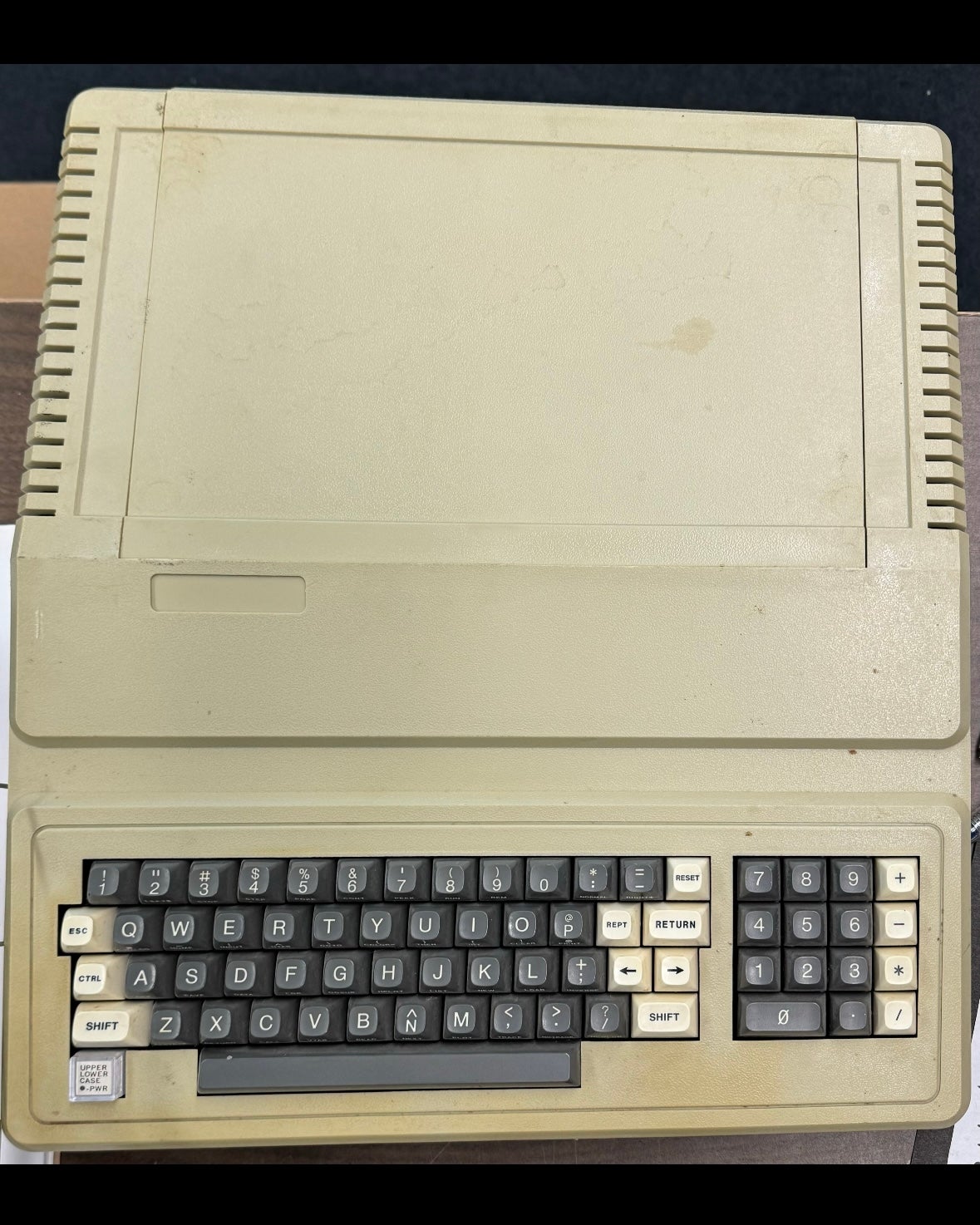Featured Items: Apple ][ and Apple ][ Clones
The Apple ][
There are ten Apple II models that have been officially released by Apple. The first model, the Apple II itself was released in 1977, a year after the formation of Apple. Globally, the computer was popular, for example the Apple II J-Plus was created in 1980 for the Japanese market and included Katakana Character ROM and characters on the keyboard. In a BASIC program a user could turn on Katakana by typing “POKE –16292,0”. The most popular of the models was the Apple IIe, the third model released in 1983. The ‘e’ stood for enhanced as it included upgrades to the Apple II Plus such as 64K RAM and the ability to use and display lower-case type. The Apple II continued to be released with upgrades until the final version, the Apple IIgs, was discontinued in 1992 due to the success of the Macintosh.
Apple ][ Clones
With the introduction of the Apple II, Steve Wozniak released the “Apple II Reference Manual”, the manual includes motherboard schematics, technical timing information, power and connection descriptions, and source code for the Monitor ROM. With this extent of technical information, Wozniak’s goal was to make the Apple II accessible for programmers and individuals looking to add peripherals. Although, with the Apple II's mass success and the copyright not extending outside of the United States, competitors began to make their own versions of the Apple II. In its lifetime, around two hundred clones of the Apple II were made, copy-cats sometimes changing only the label above the keyboard. Of the approximately two hundred clones only two were made with permission from apple, the ITT 2020 and the Bell and Howell Apple II. The former computer was adapted to suit the power supply in early European markets and the latter was made to be a simplified model for classrooms.
Apple ][ and Clones
Apple II Plus
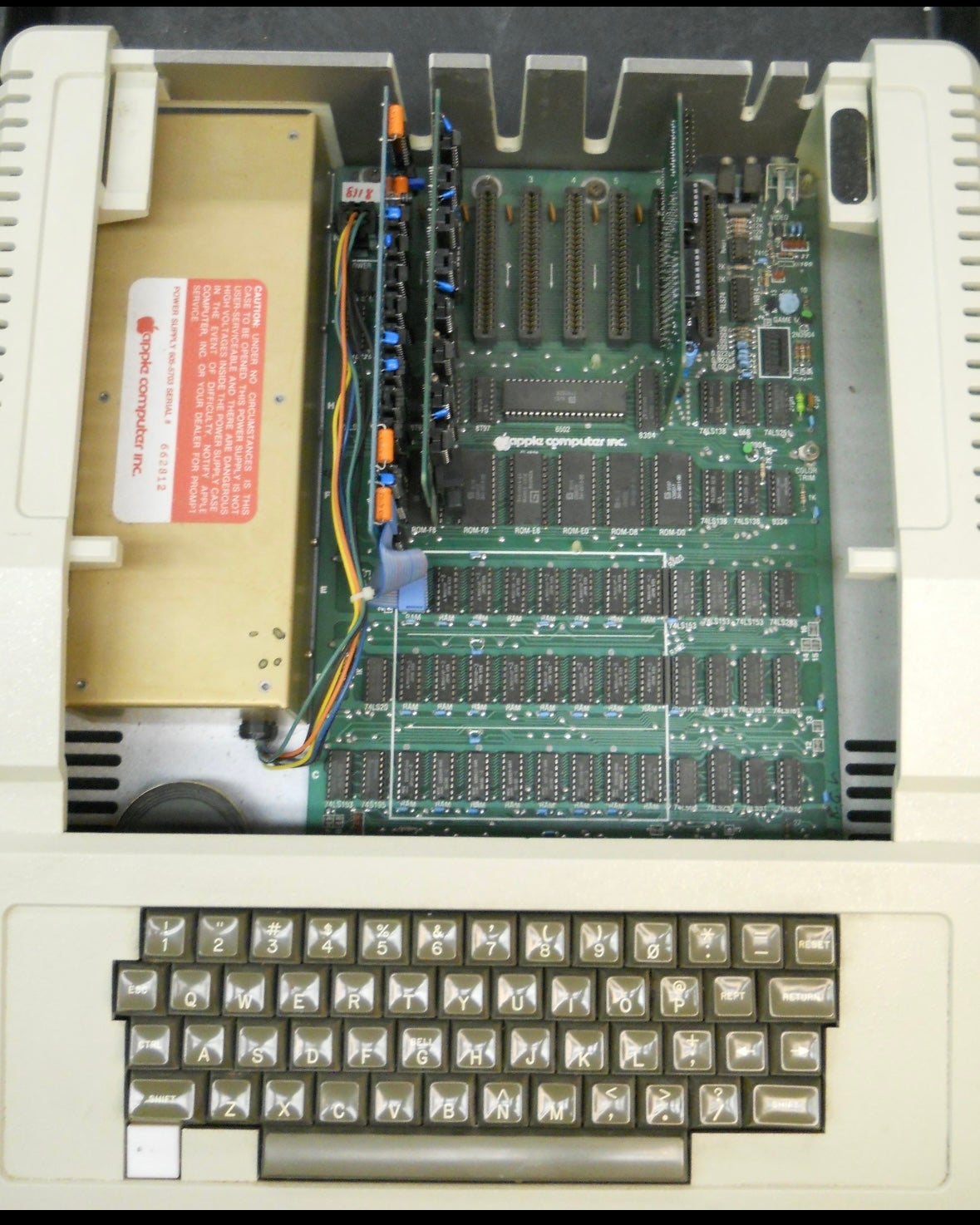
Waterloo Computer Museum. Apple II Plus interior. 2024.
Apple II Clone

Waterloo Computer Museum. Apple II clone interior. 2024.
The Computer Museum has a few of these clones, often mistaken as real Apple II models until further inspected. Compare the inside of an Apple II Plus and a clone.
Related Links
About the Author
Charlotte is a Physics and Astronomy student currently in her 2B term at Waterloo. She enjoys tinkering and creating all forms of art in her free time. She works at the Computer Museum as their current Winter 2024 coop student.
